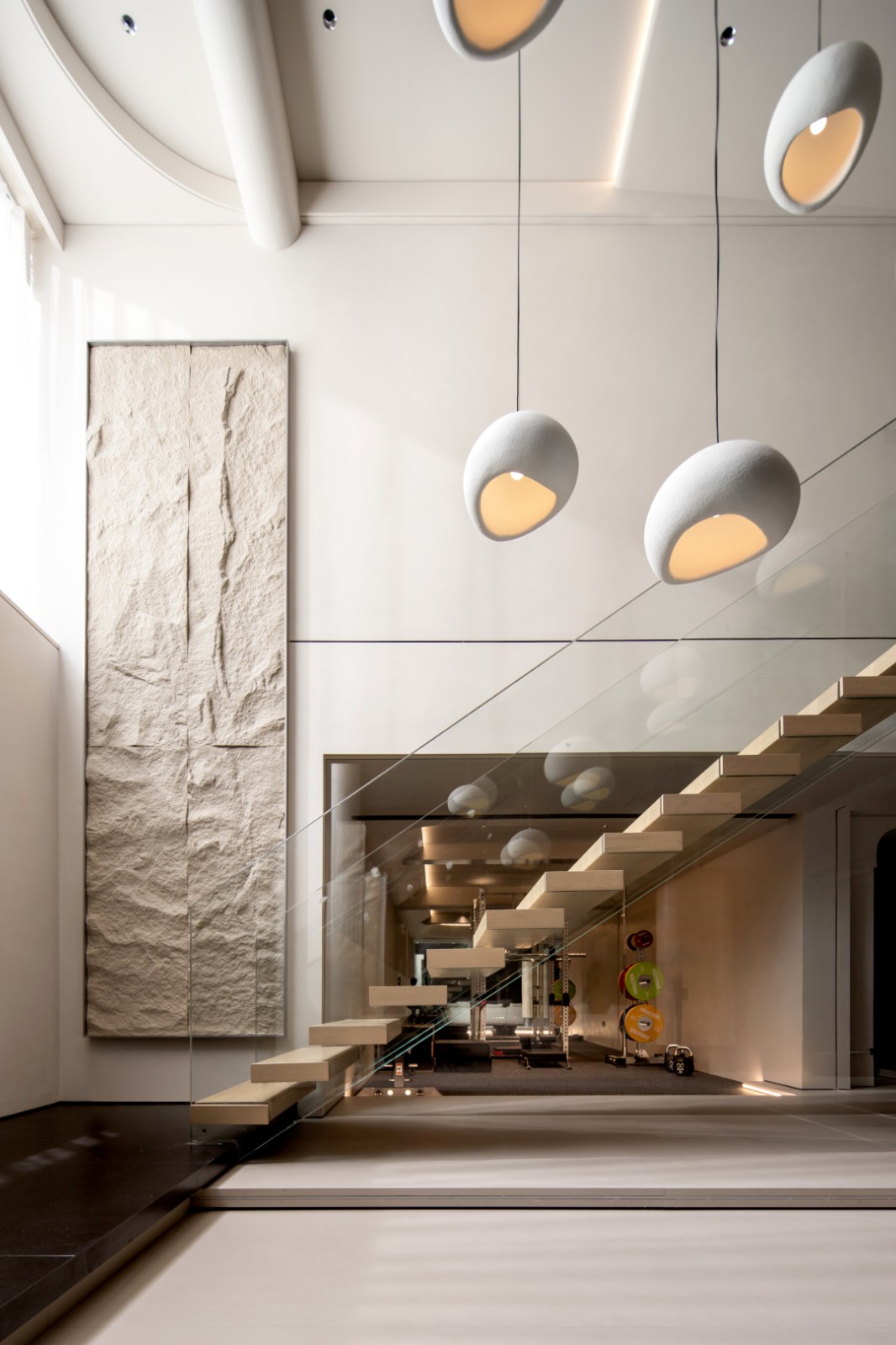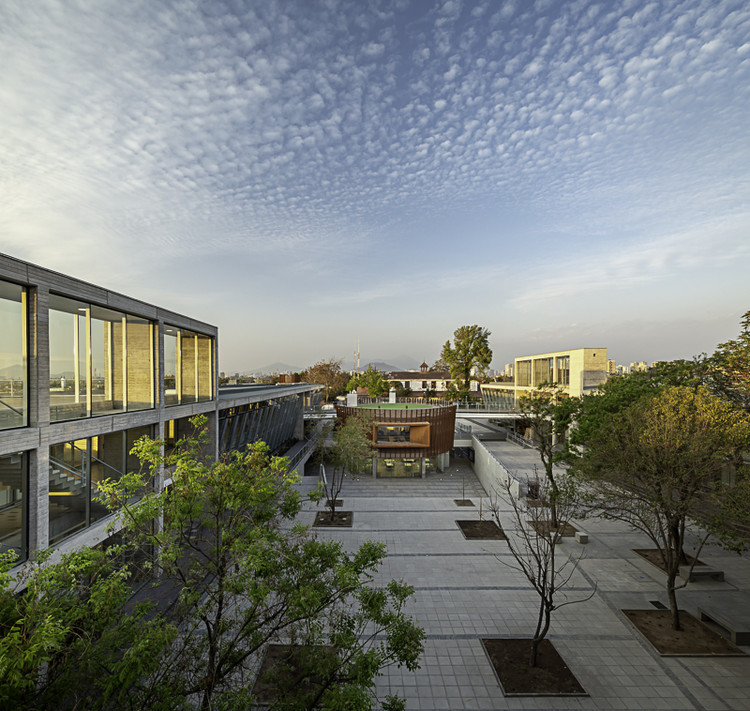Zhujiajiao Museum of Humanities - Arts Scenic Architecture Office
2013-04-20 01:00
架构师提供的文本描述。作为上海保存最完整的运河镇,朱家角以其真实的华东传统,每年吸引越来越多的游客。该遗址位于古镇入口处,面向两棵有4700年历史的银杏树.这座1800平方米的博物馆将展出与朱家角历史有关的绘画和其他艺术作品。
Text description provided by the architects. As the most integrally preserved canal-town in Shanghai, Zhujiajiao attracts an increasing number of visitors every year with its authentic tradition of eastern China. The site, located at the entry of the old town, faces two 470-year-old ginkgo trees. This 1,800 sqm museum will house paintings and other art works related to the history of Zhujiajiao .
我们的设计方法是描绘一种植根于朱家角的艺术访问体验.建筑将成为这种体验的载体。
Our design approach is to delineate an art-visit experience that is rooted in Zhujiajiao. The architecture will be the carrier of this experience.
在空间配置中,中央中庭成为循环的心脏。在底层,中庭通过精心布置的开口将自然光带入周围的画廊。在二楼,围绕中庭外围的一条走廊连接着几个分散的“小房子”画廊和庭院,它们吸收了周围的风景,为小型展览和活动提供了多样的空间。这种建筑-庭院布局清楚地参考了古镇的图形-地面结构,使游客在艺术作品和真实风景之间漫步,体验了物质和思想之间的亲密互动。一座倒影池,位于二楼东院,通过将银杏树的倒影借入博物馆,完成了最终的收藏。
In the spatial allocation, the central atrium becomes the heart of the circulation. On the ground floor, the atrium brings natural light into the surrounding galleries through carefully positioned openings. On the second floor, a corridor around the outskirt of the atrium links several dispersed “small-house” galleries and courtyards, which absorb surrounding sceneries and provide diverse spaces for small exhibitions and events. This building-courtyard layout makes a clear reference to the figure-ground texture of the old town, and orientates the visitors to wander between the art works and the real sceneries with an experience of intimate interactions between matter and thought. A reflecting pool, laid in the east courtyard on the second floor, accomplishes an ultimate collection by borrowing the reflection of the ginkgo tree into the museum.
 举报
举报
别默默的看了,快登录帮我评论一下吧!:)
注册
登录
更多评论
相关文章
-

描边风设计中,最容易犯的8种问题分析
2018年走过了四分之一,LOGO设计趋势也清晰了LOGO设计
-

描边风设计中,最容易犯的8种问题分析
2018年走过了四分之一,LOGO设计趋势也清晰了LOGO设计
-

描边风设计中,最容易犯的8种问题分析
2018年走过了四分之一,LOGO设计趋势也清晰了LOGO设计








































.jpg)






























